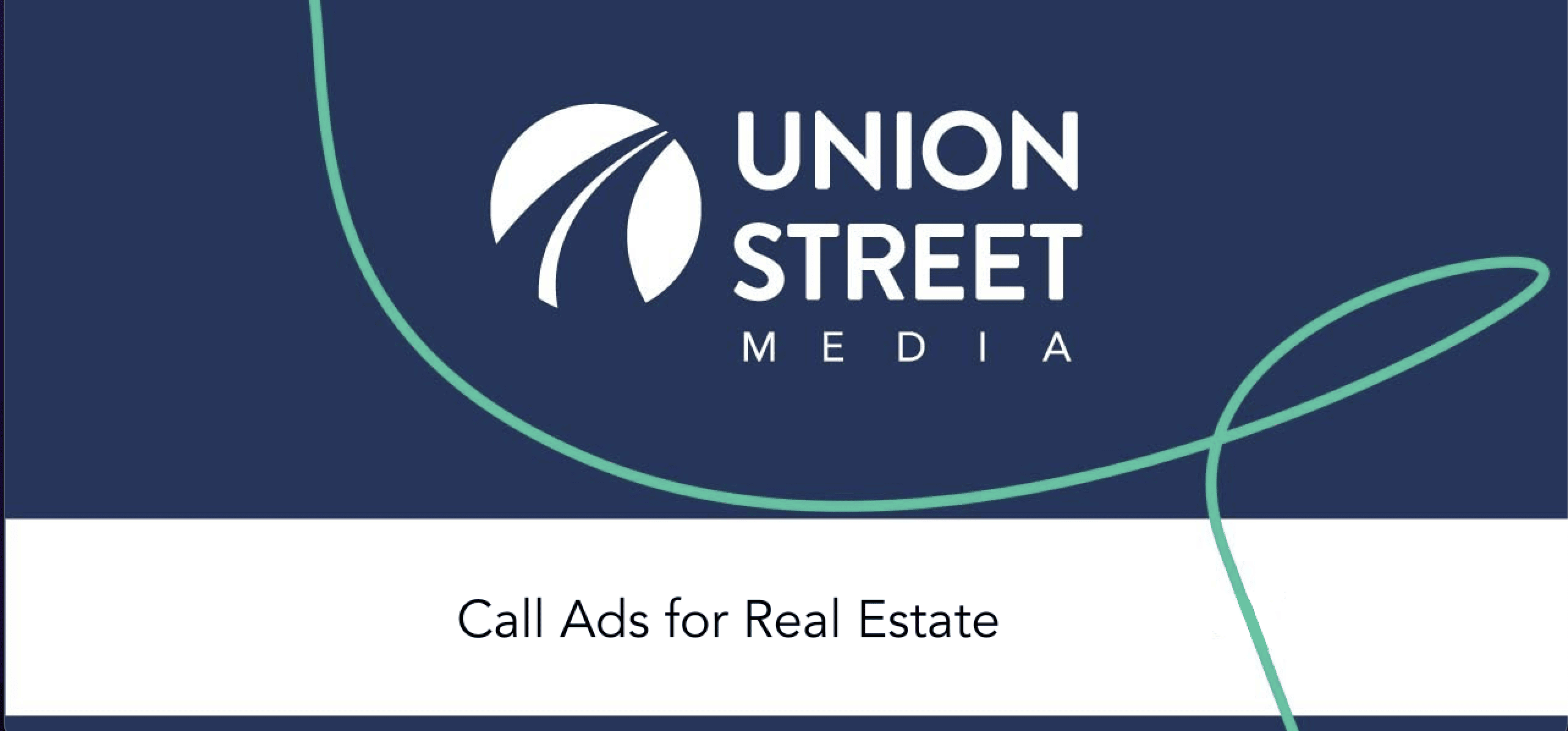Performance Optimization for Real Estate Part 1: Overview
I remember back in the earlier days of making websites how people could post a site and pretty much forget about it for a year or two. Some people can still do that, I suppose. But the businesses that rapidly review their market climate, attempt to gain insight into their customers needs and act on those insights will do better than those which do not. Constantly redesigning a website can’t be cost-effective, can it? This is the kick-off for a series on Performance Optimization for Real Estate. The goal of this series is to help real estate site owners optimize the performance of their website whether going it alone or using Union Street Media’s site optimization and analytics services (or some combination of the two).
What is Performance Optimization?
You’ve probably already heard of search engine optimization (SEO) and maybe even search engine marketing (SEM). That’s the practice of trying to get your website to rank higher on a search engine like Google or Yahoo. Performance optimization is something different. The objective of performance optimization is to convert more of the visitors who are already visiting your site. Perhaps you have a lot of traffic already, but you aren’t generating many leads. If that’s the case, performance optimization is something to consider.
An Overview of an Ongoing Process
Performance optimization is a process, something in which a business engages continuously over time. Luckily, the process can be fairly simple and painless. Here’s the outline:
- Observe what is happening in your business, measure your results.
- Analyze your observations, orient your data to current conditions.
- Decide what changes to make, based on your analysis.
- Act on your decisions.
- Start at the beginning again.
Basic Tools of Performance Optimization
Luckily, there are a variety of tools and concepts to help us in our tasks.
Observation and Measuring tools
Website analytics packages allow us to track visitor behavior on your site. This will be a very powerful tool that helps us improve the site over time. It’s the eyes of our optimization process. We may employ some surveys too, in order to hear our customers’ voices in their own words.
Analysis tools
Our biggest analysis tool is inside our skulls. But beyond that, some charting and math tools either built into our website analytics package or built into a custom spreadsheet will be useful.
Tools for decision-making
Testing will be the primary tool here. After you have looked at the data and given it some thought, you might have an idea of some way to improve your results. That’s the time to start testing. There are a lot of different testing tools and methods that I will discuss in a future installment. It’s my favorite part. You also might need some communication tools at this stage. Presentation tools are great, but learning how to present the right information at the right time to the right person is more important than any drowsy Power-Point presentation could ever be.
Starting-at-the-beginning tools
This step, though it seems like a throw-away, is important. If you don’t continue to observe, analyze, decide and act then you won’t be continuously improving. Bonus for anyone who recognizes the OODA loop in this.
Next time: Getting Started in Performance Optimization for Real Estate
Now that we’ve got the broad view, we can start to dig in a little. Please feel free to post questions or thoughts in the comments field and I’ll try to answer them as we go along. What do you want to know about website optimization? Was this post helpful?








